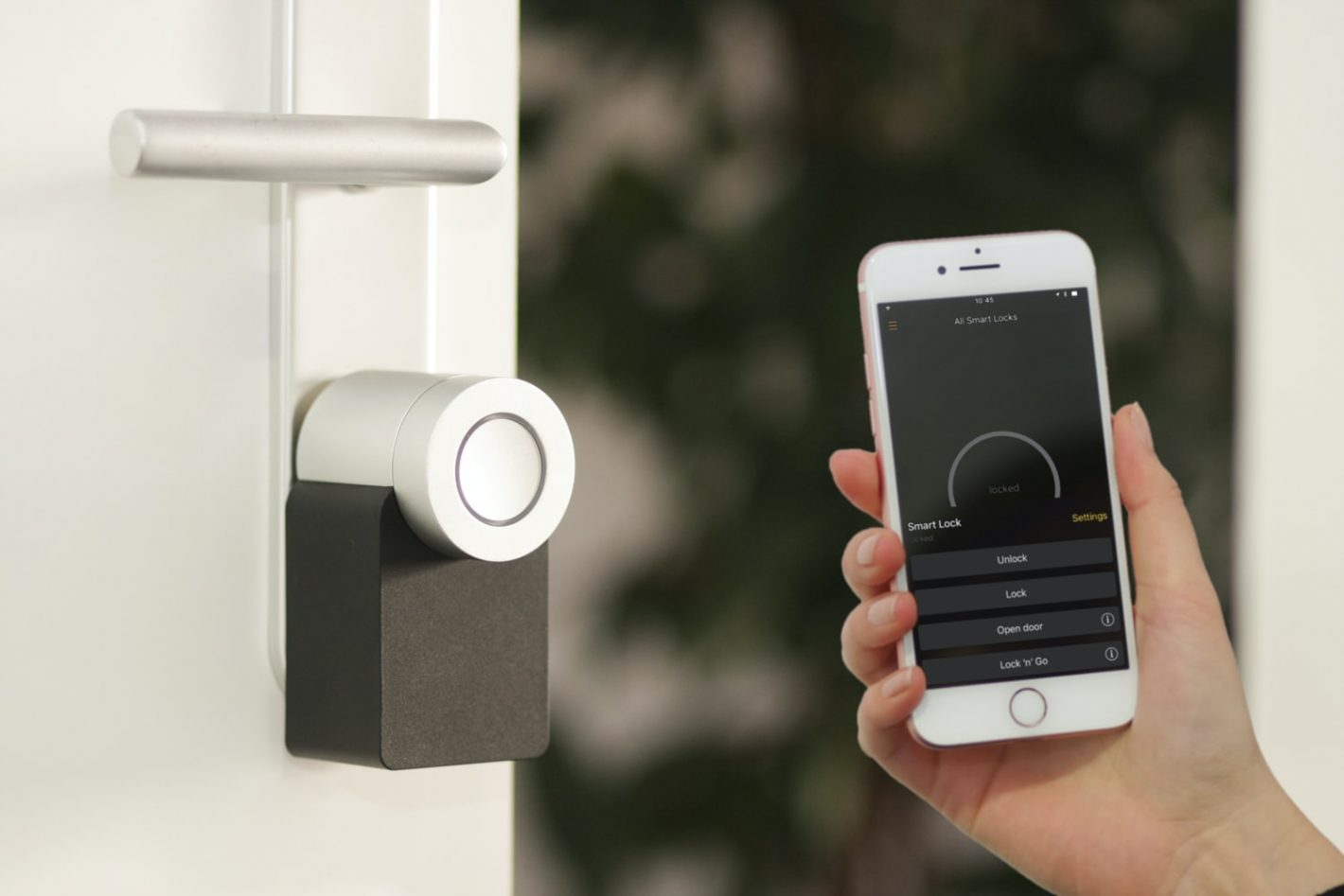Many people started buying more smart-home devices than ever during the lockdowns caused by the global coronavirus pandemic, as technology helped us get through challenging times.
Whether you were one of those who purchased new internet-connected gear or are thinking about finally taking the plunge to do so, it’s helpful to understand what’s available. There are all sorts of new developments coming out in this industry, so check out the below trends that are worth reading up on more.
Smart Kitchens
After dominating living and entertainment rooms for the last few years, in 2021, internet-connected devices are moving into the kitchen. Today, if you’re renovating the cooking zone in your home, it’s worth looking at ways to incorporate the latest technology. Hire an experienced remodeling contractor to help you turn your kitchen into a more fun and helpful smart-home space.
Consider buying an intelligent fridge that can send you alerts when it needs maintenance work, read recipes to you while you cook, sync your grocery list and smartphone, and update you when food is getting close to expiring. Be on the lookout, too, for modular tech that’s increasingly on its way. It will allow you to use faucets hands-free and open drawers or activate scales on the countertop with a mere brush of a hand.
In the years to come, kitchens will have even better learning abilities, too. More and more machines have artificial intelligence features so they can respond to gestures and voice commands.
Increase in Robots at Home
If you were a fan of The Jetsons television cartoon many years ago, you likely always loved the idea in the show of robots handling housework and other chores. If so, you’ll be pleased to hear that this concept is getting closer to being a reality for all of us. While robots have been used in many industries over the last five to ten years, particularly in healthcare and manufacturing, designers now focus also on bringing robots to the home.
Today, robots can assist with jobs many of us would like to outsource, such as mowing, cleaning, and cooking. Plus, they can provide companionship and provide health assistance, something top of mind since the coronavirus pandemic hit. In the coming years, it appears robots will also help us to improve our sleeping and eating habits.
In particular, though, there’s growth in the area of personal assistant robots. These machines will be personalized based on owner preferences and help humans with daily tasks and administration, such as providing reminders. They’ll be able to predict behaviors and make complex decisions as they learn as they go along, too.
Out-of-Sight Charging
Technology has many benefits, but one thing that annoys many of us is all the cords that come with devices. Happily, a current smart-home trend is out-of-sight charging, where a growing number of tech gadgets make charging invisible with wireless functionality. This design helps to combat visual clutter and make rooms look and feel better.
As an example in this area, look to Wi-Charge, an Israeli-based firm that has developed ultra-compact chargers. Through partnering with manufacturing brands, Wi-Charge’s products embed into devices directly or plug into light and power sockets, then power gadgets via infrared beams. The company says their new-age chargers work accurately within a 30-foot range.
More Personalized Security
With hackers out in force more than ever, especially with more people working from now, it’s vital to take security seriously. Smart-home gear is something increasing numbers of cybercriminals are targeting as a way of getting into systems. These devices stay connected to the internet continually yet are often not carefully protected as they should be. Many people don’t password-protect their Wi-Fi or change their smart-home gear’s default settings when they set it up. This, in turn, gives many hackers a way in.
To reduce the risk of break-ins now, both physically and digitally, manufacturers are looking to consumer-level personalized security. New systems help because they use biometrics, such as fingerprints and face scans, to identify individual household members.
As such, we’ll likely not need to carry keys in the coming years or have to worry about remembering hackable codes. Instead, we’ll use our bodies to lock or unlock doors and windows. The benefit of this setup is that it’s less likely hackers or burglars will steal the credentials.
Smart homes are the future, so it’s a good idea for all of us to stay up to date on the latest developments in this area. As you can see from the above, there are numerous exciting features out now or coming our way soon.

